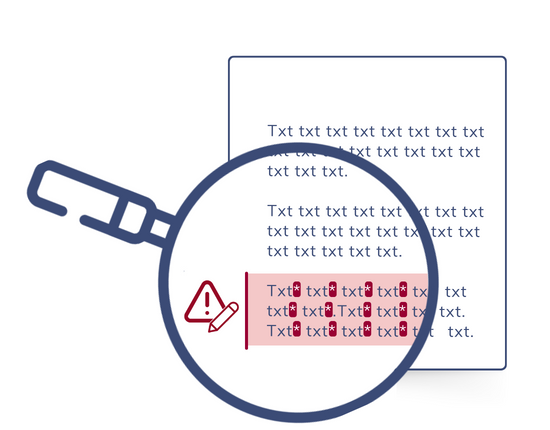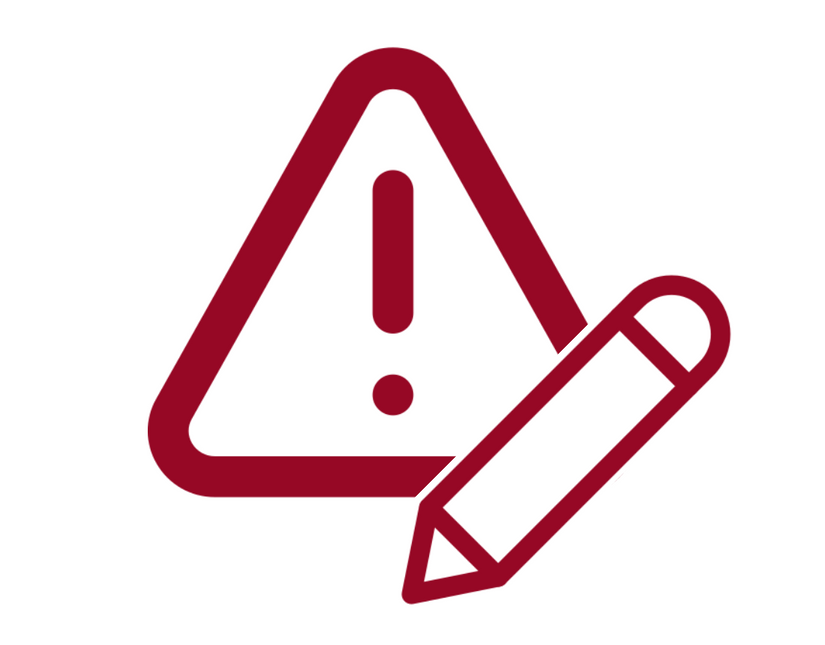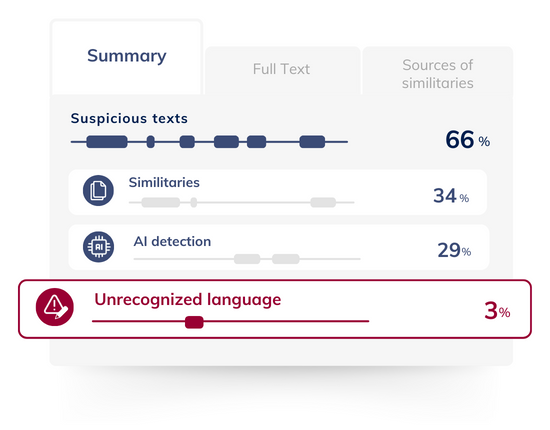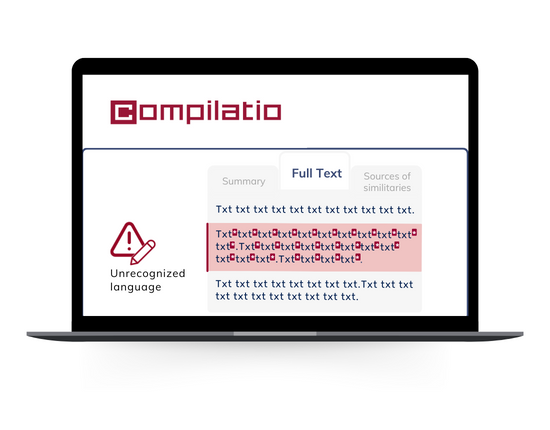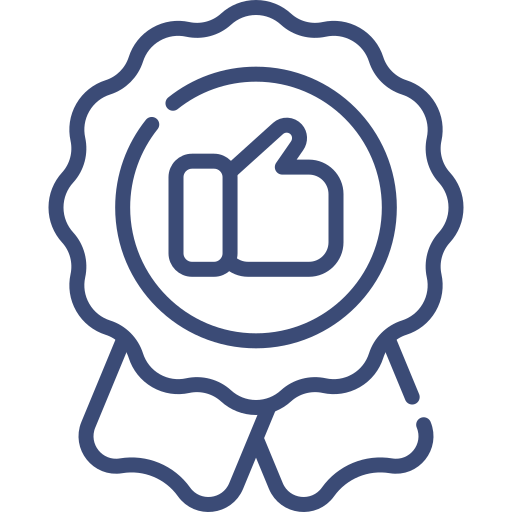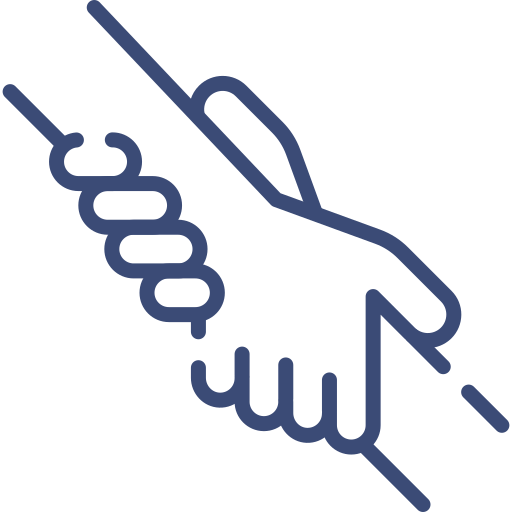Our expertise :
Detect hidden plagiarism with Compilatio's altered text detector
Some writers are sometimes tempted to manipulate texts to bypass detection software. It is therefore vital to detect all forms of cheating, including attempts to cover up plagiarism and AI content.
Compilatio's software highlights passages where the language is not recognised, which are often indicative of an attempt at dissimulation.



